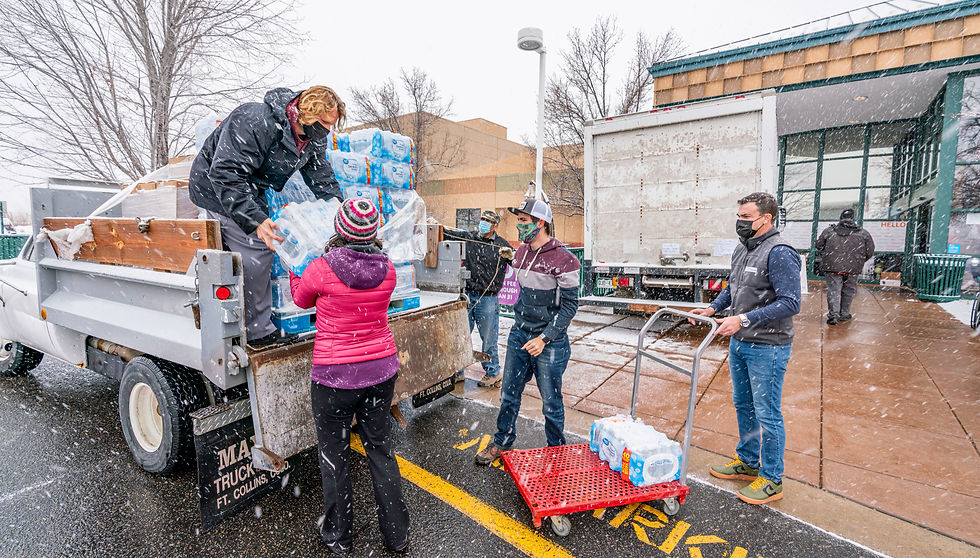Disaster Preparedness and Mitigation are More Important than Ever
- Brett Fulcer

- Sep 12, 2023
- 2 min read

September is National Preparedness Month. According to the National Oceanic and Atmospheric Association (NOAA), the U.S. has already broken its record for the number of natural disasters with damages exceeding $1 billion in a calendar year; 23 billion-dollar disasters with four months left in 2023. These increasing disasters, the recent wildfire tragedy in Maui, and the damage suffered as a result underscore the need for increased investment in programs that fund these kinds of preventative activities.
Due in part to the destruction caused by hurricanes Sandy, Harvey, Irma, Maria, as well as the coordination and resources necessary during the COVID-19 pandemic, FEMA’s annual and supplemental appropriations have been steadily increasing over the last decade. This has in turn led to increased funding for the agency’s preparedness, hazard mitigation, and resilience programs.
The House version of the FY24 Homeland Security appropriations bill, which could see floor action as soon as next week, includes $25.7 billion for FEMA in its current form, including $3.7 billion for federal assistance and grants. The Senate’s bill allocates slightly less (about $200 million) for FEMA overall but also provides more funding for grants. Despite significant proposed cuts across the federal budget, Congress is opting to fund FEMA at levels that are substantially similar to the FY23 enacted amount.
FEMA’s grant programs cover the range of local needs before, during, and after disasters. But to minimize the physical and financial tolls incurred by natural disasters, adequate investment in preparedness and mitigation is essential. Early warning systems, effective zoning and building codes, hardened infrastructure, and community education and training all improve the safety of communities in the event of a natural disaster.
Communities and individuals spanning the socioeconomic spectrum leverage FEMA’s assistance every year. However, many are unable to access assistance due to the high demand and difficulty navigating the application process. Thankfully, FEMA is currently seeking public comments on how to improve administration of its preparedness grant programs. Specifically, the agency is looking to simplify application processes and ensure greater accessibility for under resourced communities.
Earlier this month, FEMA announced 483 community disaster resilience zones across the U.S. to help at-risk communities prepare for disasters. Designated zones will be prioritized for targeted support, such as an increased federal cost-share for resilience and mitigation projects. A second round of designations for tribal lands and territories will be announced later this Fall.
FEMA also recently announced the selected applicants for the agency’s Building Resilient Infrastructure and Communities (BRIC) and Flood Mitigation Assistance (FMA) programs. Over $3 billion in funding was awarded. In addition to project selections, the BRIC program offers support to communities through non-financial direct technical assistance that can provide hazard mitigation planning and project support.
These are just a few of the funding opportunities available for communities to scale up their preparedness for and resilience to natural disasters. Simplification of FEMA’s application processes could significantly improve access to these programs, which would spur even more demand for federal assistance.





Comments